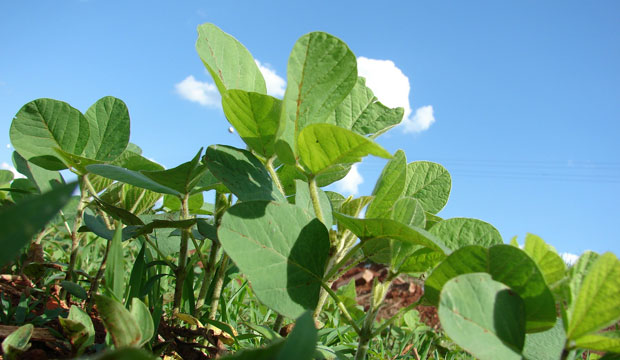Thanks to Duncan Allison for providing us these farming notes for October.
Awards can be valuable in recognizing outstanding individuals for embodying excellence in their profession and showcasing their achievements and commendable qualities. The Philadelphia Society for Promoting Agriculture (PSPA) awards their medal from time to time to honor an outstanding farming figure. In 2016 the medal was awarded to Russel Redding, known and respected by us all, and to then US Secretary of Agriculture, Tom Vilsack. Since the PSPA is the oldest (1785) continuously operating agricultural society in the country and was involved in establishing the U.S. Dept. of Agriculture, the medal is cherished by awardees.
On a more local level the Chester County Agriculture Development Council’s annual 2017 Farmer of the Year and Distinguished Agricultural Service awards draw attention to outstanding people in an important industry in the county. Don Cairns farms approximately 1,650 acres in the Coatesville area of which some 1,500 acres are leased from 40 different local farm families. He is committed to land stewardship so that 100% of his wheat, corn and soybeans is no-till and widely planted to cover crops to protect the soil and build up organic matter. Farmland preservation is another principle which has resulted in many of the land owners being persuaded to preserve their land. He serves as Vice Chairman of the Chester County Ag land Preservation Board.
Encouragement of the next generation of farmers is his third principle and he has served on the County 4-H Center board for 28 years. He has also coached the 4-H Livestock Judging Team for ten years and the 4 girl team won their way through state and national events this year to represent the US in an international youth cattle judging event in Scotland where they were very successful.
Deb Ellis was honored particularly for her long years of service to the Mobile Ag Ed Science Lab program (Ag Lab) which provides classes in basic science related to agriculture for Elementary level students. During the last year (she had served for ten years as program assistant for the eastern portion of Pennsylvania) she estimates that over 110,000 kids across the state participated in classes provided on site at schools in the custom- built Ag Labs. The programs are popular with schools, students and parents and are always needing teachers to provide the usually week long programs at schools. She also farms laying hens.
For the first time the soybeans crop has the largest field crop acreage with 88.7 million acres versus 83.5 million acres for corn. With corn prices in the mid $3.00 range, soybeans have been more attractive with the hope of covering costs. High oleic soybeans (QUALISOY) now offer the prospect of a premium price and around 600,000 acres were planted in 2017. The premium for Pioneer’s Plenish soy is $20.00 – $30.00 per acre with an average yield of 50 bushels/acre. High oleic soybeans are primarily used as food ingredients and only a small amount for frying, baking and industrial products. Monsanto hopes to commercialize their high oleic variety in 2018 when they have gained national and global regulatory and import approvals.
The challenge will be to keep the two soybean crops completely separate throughout the whole supply chain from farm to processor – ADM, AGP, Bunge, Perdue Agribusiness and Zeeland Farm Services. The United Soybean Board has set a target of 18 million high oleic acres by 2023, becoming the fourth largest grain and oilseed crop after corn, soybeans and wheat in the United States.
Apple varieties have been changing quite dramatically over the last few years and there is a much wider selection. Sensory aspects, particularly flavor, have become more critical in achieving a higher level of sales in the profitable fruit and vegetable segment of supermarkets. While sugar and organic acids largely determine taste, aroma is the result of many volatile components that can vary from variety to variety.
Some 7,500 varieties of apples exist globally since the early apples were grown from seed resulting in significant variations in seedling offspring. The standard use of rootstocks has allowed budding or grafting and so achieving high levels of uniformity not only in tree size but also in fruit appearance and quality.
Labor has become a critical issue in so many fruit and vegetable crops particularly for harvesting. Dwarfing rootstocks permit much denser populations of trees (up to 1,000+/acre) which can be easily pruned and harvested from the ground so reducing labor costs. There are also efforts to develop harvesting machinery that contain sensors, suction and other devices that can ensure the fruit is transported safely to the harvesting container. This is the time of year to be tempted to try some of the new varieties of apples.

